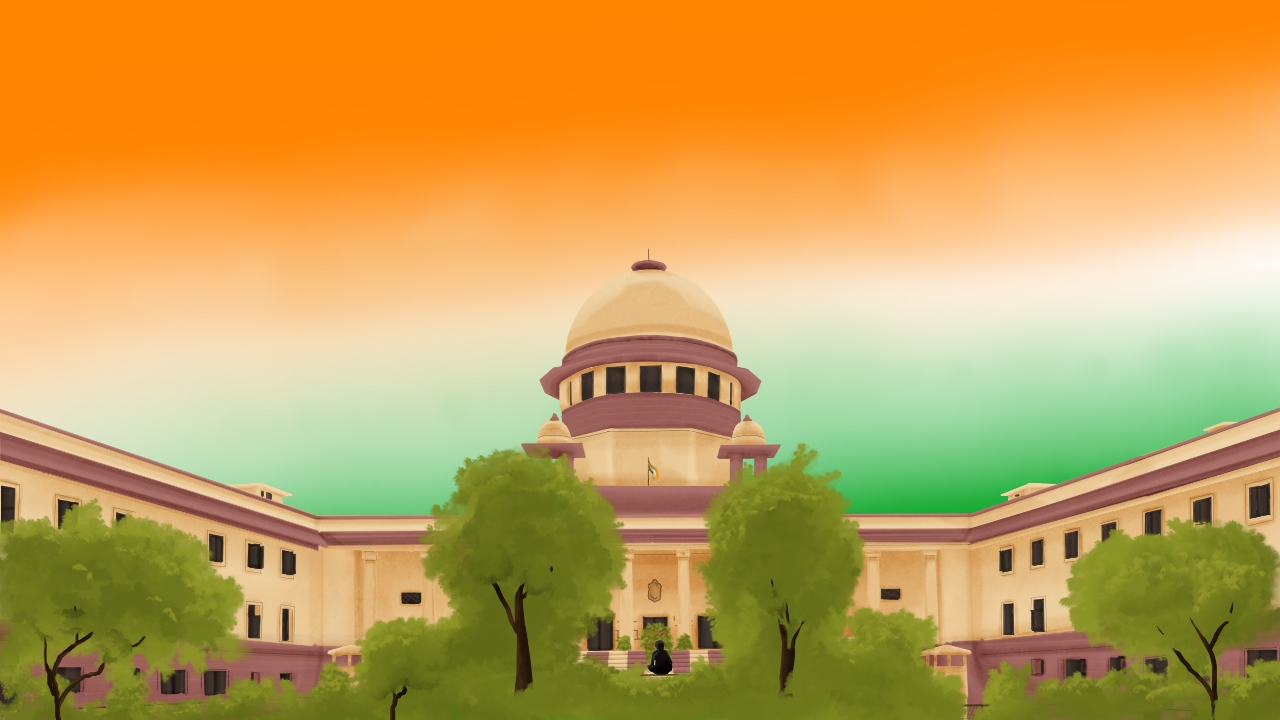Mandatory Pre-Litigation Mediation: Supreme Court To Consider PIL Next Week

The Supreme Court on Friday allowed the impleadment of an international Mediation firm upon request, in a plea seeking directions for mandatory pre litigation mediation in the wake of huge pendency of cases.
The bench enquired
“Has the Union has been served as we are informed that the Union is considering a legislation on Mediation.We want the Union of India to appear.”
In this light, Solicitor General Mr. Mehta appeared for the Union and sought time for 3-4 days.
Court allowed the matter to be heard within 1 week and allowed impleadment by Senior Advocate Mr. Datar representing International mediation firm.
In the matter of Youth Bar Association v. Union of India, directions have been sought for ‘Pre-litigation’ mediation and/or issue guidelines or formulate a Standard Operating Procedure (SoP) so as to give immediate effect to the functioning of mandatory ‘Pre-Litigation Mediation’ pan India.
“As per the data issued by the National Judicial Data Grid out of total pending cases 9.114 million are civil cases in which 34.25 % cases are one year old; about 44.76% cases are 1-5 years old. The aggregate of cases that are 5-10 years old are 14.31%. Disappointingly the category of cases which falls in the range of 20 to 30 years constitute 1.15% of the pendency and 0.37% case are waiting for the their disposal for as much as thirty years”, the plea states.
Highlighting the meaning and significance of Pre Litigation mediation, the plea further says, “Pre-institutional or to put it differently ‘Pre-litigation’ mediation is nothing but an attempt to resolve the dispute among the parties amicably with the help of neutral third party called Mediator before going to the court or even before filing litigation or sending a notice. It gives a chance to both the parties to end the dispute in a win-win position. In it issues can be sorted out sooner and this process is inexpensive compared to the expenditure incurred at every stage of the case/issues in litigation. To reduce the number of pending cases, the Government should work on a mechanism to introduce a pre-litigation mediation process, so that avoidable cases can be prevented from reaching the courts and settle the issue effectively. It’s a step sine qua non to improve the judicial system in India.”
Reliance is further placed on the case of K. Srinivas Rao v. D.A. Deepa, (2013) 5 SCC 226, wherein the Top Court issued direction to all the mediation centres to set up ‘pre-litigation’ desks/clinics to give them wide publicity and make efforts to settle matrimonial disputes at pre-litigation stage; Bangalore Mediation Centre functioning under the aegis of the High Court of Karnataka being first of its kind.
Statistics show that so far, only Bangalore Mediation Centre, Karnataka, Punjab and Haryana High Court and the Bombay High Court have taken the initiative. Out of 25 High Courts and their benches in addition to; and 28 States and 8 Union Territories in India, only three High Courts have complied with the Top Court directions.
Citing advantages of mediation, the plea says, “mediation restore the parties to their actual position where they were before the arising of the dispute. Mediation, unlike judgment or decree passed by the Court of law which decides the case in favour of one party and against the other party; or stating differently, declares one party the winner and other looser of case, recognize the contesting parties as winner and place them to their position as agreed by them.”
Statutory mandate with respect to ADR mechanisms such as Section 89 CPC, 1908 is also relied upon.
Case Title: Youth Bar Association of India Vs. Union of India
